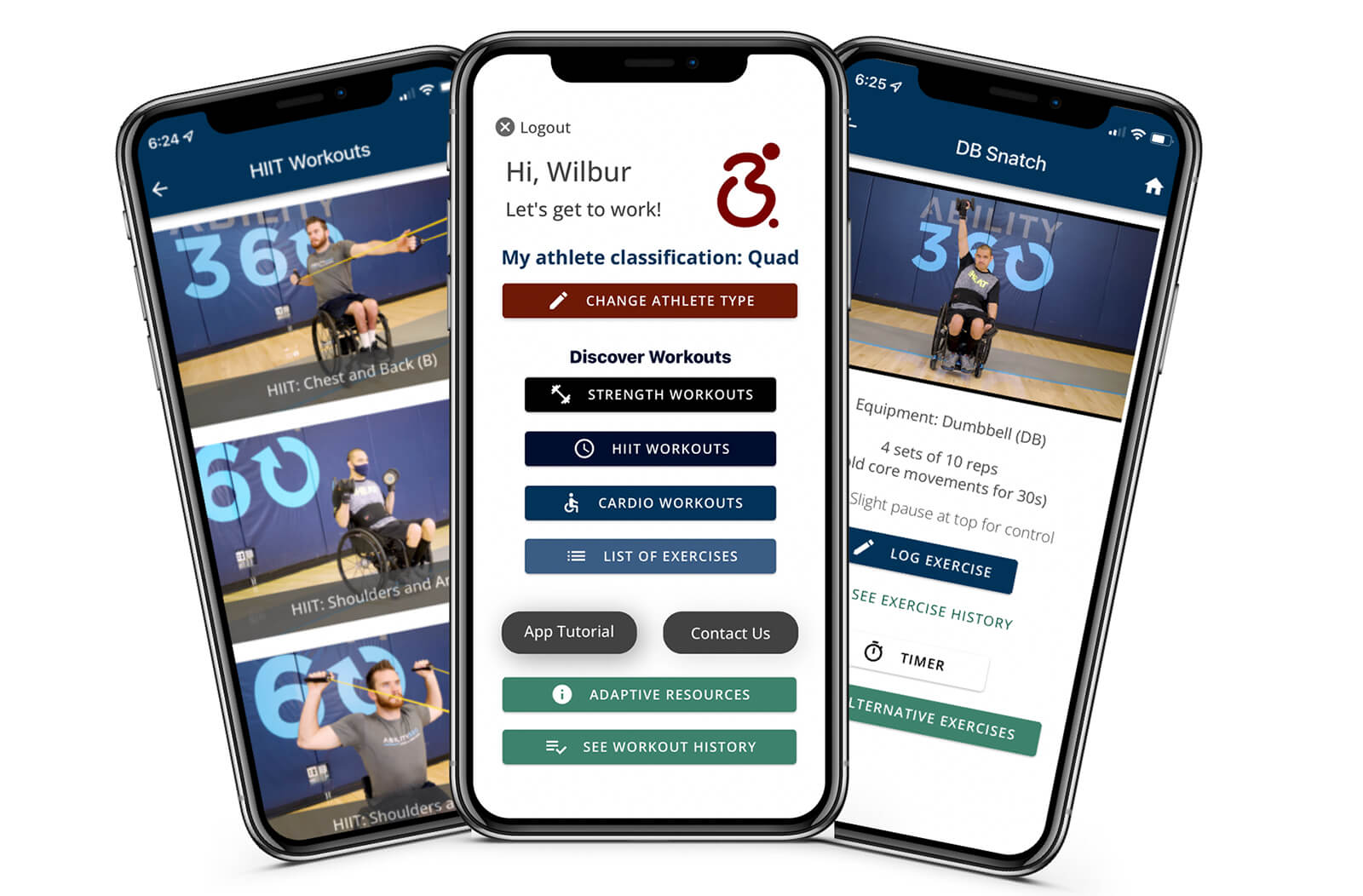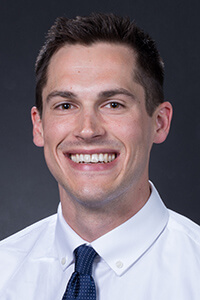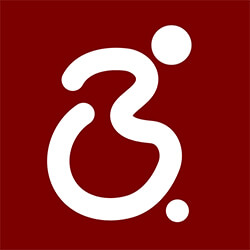
App Created by MD/PhD Student Provides Accessible Training Resource for Adaptive Sports


“I did some research and saw there were almost zero apps specifically designed for people who use wheelchairs,” Conner said.
He'd first encountered this need while conducting other biomechanics research for his PhD and through his interactions with people at Ability 360, a 501 (c)(3) nonprofit organization run by people with disabilities, for people with disabilities to address needs and barriers within the community. Ability 360’s model of tailoring exercises to their specific patrons was invaluable. It was a resource Conner felt should be more widely available.
One question remained: How could he develop such a resource?
The answer came in early 2021 when Tech Launch Arizona (TLA), in collaboration with U of A Research, Innovation and Impact and Arizona FORGE, unveiled its Impact Software/App Challenge.
The purpose of TLA is to commercialize University of Arizona inventions for public good. The challenge was no different. Offering $150,000 in potential funding, the group hoped to engage students in innovation and entrepreneurship.
Conner leapt at this opportunity to design a solution. His proposal — which was accepted — eventually became the No Limits Mobile app. And with the funding he received from TLA, he got to work, employing a low coding software to build the interface of the app himself.
For the content, he coordinated with Sharon Moskowitz, the strength and conditioning coach for the U.S. Paralympic Rugby team, as well as Ability 360 to create an encyclopedia of exercises and how to properly perform them.

Through the app, users can track their overall progress, note the amount of weight they used, set a timer to monitor their tasks or find alternative exercises should they not have the necessary equipment for an exercise they selected. It even allows users to customize how they’d like structure their routine by employing full workouts by category — such as Strength, Cardio and High Intensity.
As Conner collects more data, he hopes to flesh out the app’s functionality. “A feature that we're building right now is adaptive resources. So, we surveyed some of the adaptive athletes on what they specifically use to exercise — things like straps that help them hold on to dumbbells, if they have decreased grip strength, padding that they'll put on their legs or something that helps hold their core up if they have decreased core strength,” he said. As more users join, that list will continue to grow.
Moskowitz, who worked closely with Conner to create the exercises for No Limits Mobile, saw that this was a void that needed to be filled, as current archives of these sorts of workouts were not very deep.

She added, “The actual workout design goal was to create full training options for the athletes we could represent — i.e. push, pull, carry, stability, balance, muscular strength and aerobic endurance.”
As the use of the app expands, Conner hopes it will be a valuable resource for not only individual users, but also rehab centers and physical therapists.
No Limits Mobile is free on the Apple App Store and is usable on the iPhone platform. The TLA IMPACT Software/App Challenge, organized by Tech Launch Arizona with the support of Arizona FORGE, is an idea-stage competitive challenge open to U of A teams to propose and develop solutions to real-world problems. The program is an opportunity to partner with the university to take novel ideas to the next level where they can create real-world impact.
Topics
About the College
Founded in 2007, the University of Arizona College of Medicine – Phoenix inspires and trains exemplary physicians, scientists and leaders to advance its core missions in education, research, clinical care and service to communities across Arizona. The college’s strength lies in our collaborations and partnerships with clinical affiliates, community organizations and industry sponsors. With our primary affiliate, Banner Health, we are recognized as the premier academic medical center in Phoenix. As an anchor institution of the Phoenix Bioscience Core, the college is home to signature research programs in neurosciences, cardiopulmonary diseases, immunology, informatics and metabolism. These focus areas uniquely position us to drive biomedical research and bolster economic development in the region.
As an urban institution with strong roots in rural and tribal health, the college has graduated more than 1,000 physicians and matriculates 130 students each year. Greater than 60% of matriculating students are from Arizona and many continue training at our GME sponsored residency programs, ultimately pursuing local academic and community-based opportunities. While our traditional four-year program continues to thrive, we will launch our recently approved accelerated three-year medical student curriculum with exclusive focus on primary care. This program is designed to further enhance workforce retention needs across Arizona.
The college has embarked on our strategic plan for 2025 to 2030. Learn more.